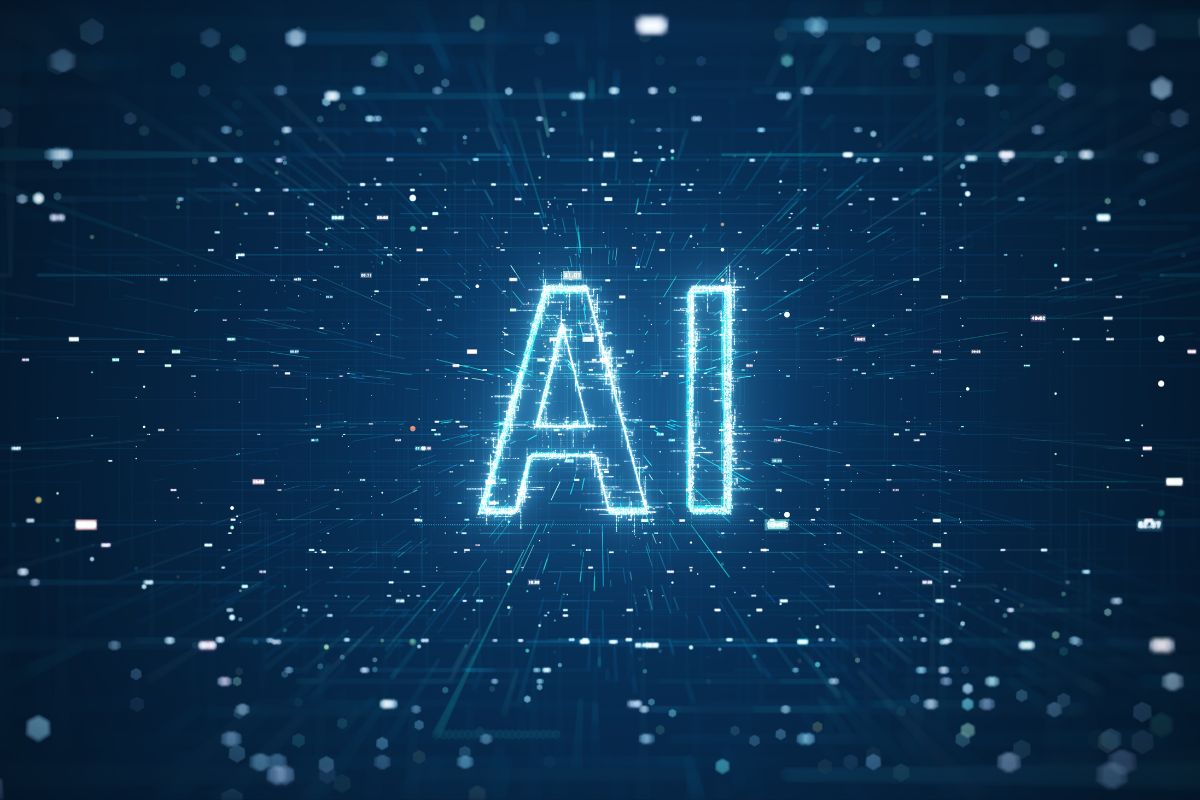In the ever-evolving landscape of technological innovation, where the boundaries between human capabilities and machine intelligence blur, a remarkable synergy has emerged between Artificial Intelligence (AI) development and the concept of human augmentation. This convergence is reshaping how we interact with technology and challenging the very definition of what it means to be human. The journey into AI development and human augmentation is transformative, where science fiction meets reality, and the possibilities seem both exhilarating and daunting.
The Convergence of AI Development and Human Augmentation
The fusion of AI and human augmentation represents a new chapter in the narrative of human progress. Historically, human augmentation referred to medical interventions to restore or enhance physical capabilities, such as prosthetics and cochlear implants. However, with the advent of AI, the scope of human augmentation has expanded beyond the physical realm, encompassing cognitive and sensory enhancements that were once relegated to science fiction.
The convergence of AI and human augmentation is an intricate dance between the power of machine intelligence and the inherent potential of the human mind and body. With its ability to process massive datasets, recognize patterns, and make predictions, AI serves as a catalyst for augmenting human abilities in previously unimaginable ways. As these technologies intertwine, they bring forth applications, challenges, and ethical considerations that demand exploration.

Applications and Impact
1. Healthcare and Medicine
The alliance between AI development and human augmentation in healthcare has led to groundbreaking advancements. Surgical procedures guided by AI algorithms exhibit unparalleled precision, resulting in minimized risks and faster recovery times. AI-driven diagnostic tools analyze complex medical data, predicting diseases at early stages, thereby enabling timely interventions. Integrating AI with prosthetics and exoskeletons has transformed mobility for individuals with physical disabilities, providing a new lease of independence.
2. Cognitive Enhancement
The prospect of cognitive enhancement through AI-human synergy is both intriguing and profound. Neural implants and brain-computer interfaces create a conduit between the human mind and external devices, ushering in the era of augmented cognition. The implications are far-reaching—augmented memory accelerated learning, and heightened problem-solving capabilities. However, as we venture into this territory, we must grapple with the ethical dimensions of cognitive enhancement, ensuring that the augmentation journey remains equitable and respectful of human agency.
3. Communication and Accessibility
The convergence of AI and human augmentation fosters inclusivity in communication and accessibility. AI-powered language translation tools bridge linguistic divides, enabling seamless global communication. Augmented reality devices provide enhanced sensory experiences for individuals with visual impairments, transcending the limitations of traditional interfaces. The integration of AI in speech recognition and generation technology has revolutionized communication for those with hearing or speech disabilities, amplifying their voices in unprecedented ways.
Challenges and Ethical Considerations
1. Privacy and Data Security
As AI development infiltrates the realm of human augmentation, the collection, and analysis of personal and sensitive data become inevitable. Safeguarding privacy and data security emerges as a paramount concern to prevent breaches, unauthorized access, and the potential misuse of personal information.
2. Ethical Implications
The intertwining of AI and human augmentation raises profound ethical questions. Blurring the line between human and machine prompts reflections on identity, autonomy, and the potential for cognitive disparities. Striking a balance between technological progress and ethical integrity is a nuanced endeavor that demands collaboration and introspection.
3. Socioeconomic Equality
While AI-driven human augmentation promises empowerment, it also brings concerns about socioeconomic inequality to the forefront. Access to advanced augmentation technologies may be limited to the privileged few, potentially exacerbating existing disparities. Ensuring equitable access and considering the broader societal implications are imperative to harnessing the full potential of these technologies.
Navigating the Boundaries
1. Comprehensive Regulation
In pursuing responsible development, comprehensive regulations must guide the integration of AI and human augmentation. These regulations should address ethical dilemmas, data privacy, informed consent, and accessibility while fostering an environment that nurtures innovation and accountability.
2. Ethical Frameworks
The ethical implications of AI development and human augmentation necessitate robust frameworks. Collaborative efforts involving experts from diverse fields can aid in shaping guidelines that uphold human dignity, autonomy, and inclusivity while embracing technological advancement.
3. Inclusive Development
Developers and stakeholders must ensure that human augmentation technologies are inclusive by design. By considering diverse user needs, affordability, and the potential impact on societal equality, we can strive to avoid furthering disparities while advancing technological progress.
4. Public Awareness and Education
Promoting public awareness and education about the profound implications of AI development and human augmentation is essential. An informed society can actively engage in discussions, weigh potential benefits against risks, and contribute to the responsible evolution of these technologies.
Conclusion
The nexus of AI development and human augmentation is a realm of infinite possibilities. From reshaping healthcare to transforming communication and cognition, this convergence can redefine the limits of human potential. Yet, ethical considerations, regulatory frameworks, and a steadfast commitment to inclusivity must guide the journey into this transformative landscape.
As AI technologies continue to evolve and intertwine with human augmentation, we must navigate these uncharted territories with wisdom, collaboration, and an unwavering dedication to preserving the essence of what it means to be human. By embracing the potential of AI development and human augmentation, we have the opportunity to redefine the boundaries of our capabilities and shape a future where technology is harnessed to enhance our collective humanity.














